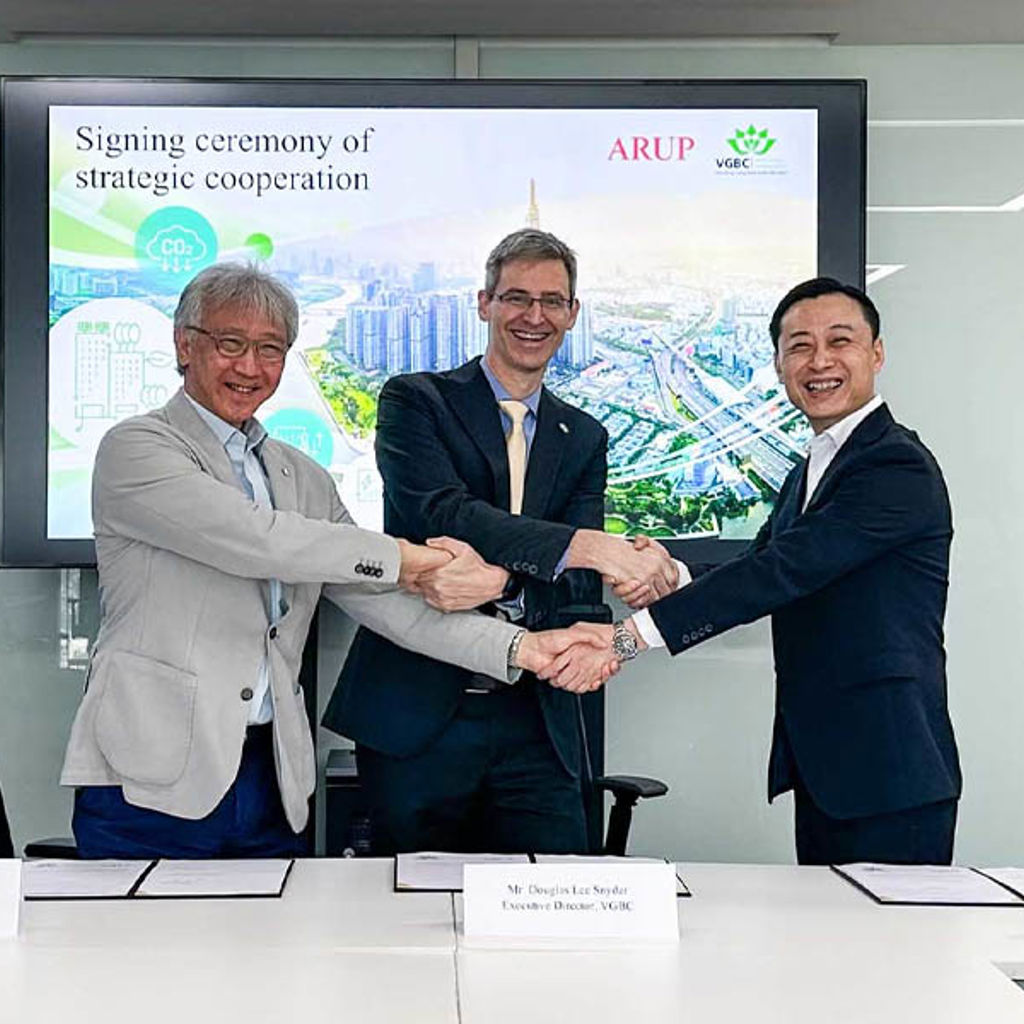Arup and the Environmental Defense Fund released a new report, which shows how ports in the U.S. can develop actionable decarbonization plans on and off port terminals, support a national clean energy transition, advance environmental justice in local communities, and unlock new opportunities for investment.
The report also acts as a roadmap for ports interested in applying for federal funding, including the $3 billion available through the U.S. Environmental Protection Agency’s (EPA) Clean Ports Program announced last week. Federal investments, including the Bipartisan Infrastructure Law (BIL) and the Inflation Reduction Act (IRA), offer ports an unprecedented opportunity to access funding to upgrade their infrastructure and accelerate their transition to zero GHG emissions, while addressing environmental justice concerns.
The report, Practical Pathways for Port Decarbonization and Environmental Justice offers best practices for net zero-aligned activity and suggests measurements for implementation and accountability. It provides a comprehensive dashboard with key steps ports can take to help accelerate the transition to net zero by 2050, whether they are just starting their sustainability journey or increasing their existing ambitions. The report also links actions to specific new funding opportunities under recent legislation that ports can leverage, detailing multiple programs and outlining which opportunities align with both planning and construction projects.
"Ports will play a pivotal role in rapidly decarbonizing our economy in a way that does not leave anyone behind. We have provided a clear path forward for ports to reduce greenhouse-gas emissions that maximizes economic opportunities and benefits to local communities,” said Dr. Robert Kay, Arup’s Americas Climate and Sustainability Services Leader. "Ports have an incredible opportunity from new federal funding programs to advance decarbonization and environmental justice. This report is a great tool meant to help ports take advantage of this chance to improve climate and supply chain resilience across the United States.”
“Diesel trucks, ships, cargo handling equipment and rail operating in and around ports are significant contributors to emissions and air pollution to neighboring communities,” says Dr. Margot Brown, Senior Vice President Justice & Equity at Environmental Defense Fund. “Many of these neighborhoods are low wealth and communities of color, and ports have the responsibility to work with the cargo owners and fleets to support a timely and equitable move toward zero emissions and cleaner air. This new report offers tangible steps they can take to reduce Scopes 1, 2 and 3 emissions and improve health outcomes, in a way that’s inclusive and meaningful to nearby communities.”
“As companies transporting goods raise their climate ambitions to decarbonize their supply chains, port facilities are a pivotal lever that severely hinders, or powerfully advances their actions. With this immediate opportunity to access federal funding, we strongly encourage all port landlords, port authorities and port terminal operators to use the practical steps laid out in this report, to advance their modernization plans, for the benefit of their customers and local communities” said Angie Farrag Thibault, Associate Vice-President Global Transportation at Environmental Defense Fund.






